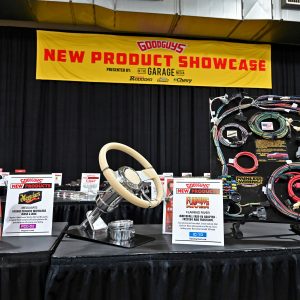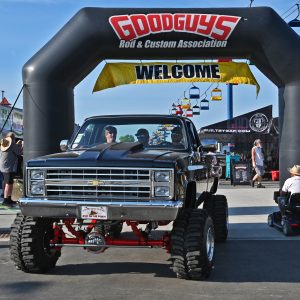Late Model
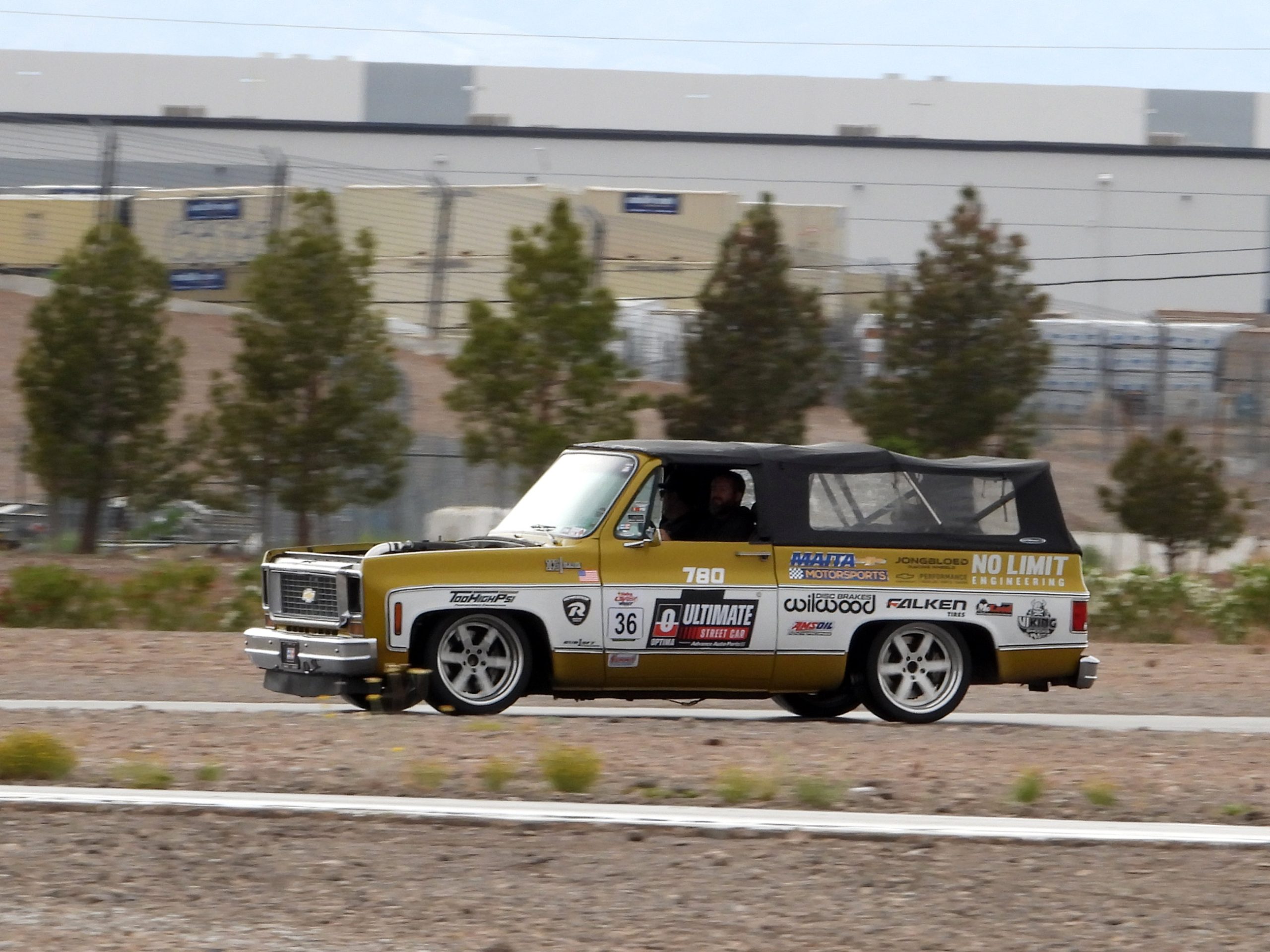
Picture this: the Las Vegas Motor Speedway, a hotbed of horsepower and adrenaline. The Track X challenge unfolded on a 2.4-mile stretch of asphalt, with 12 turns just waiting to test the skills of drivers from all walks of life. But hold onto your hats, ’cause it ain’t just about making it through those corners unscathed.
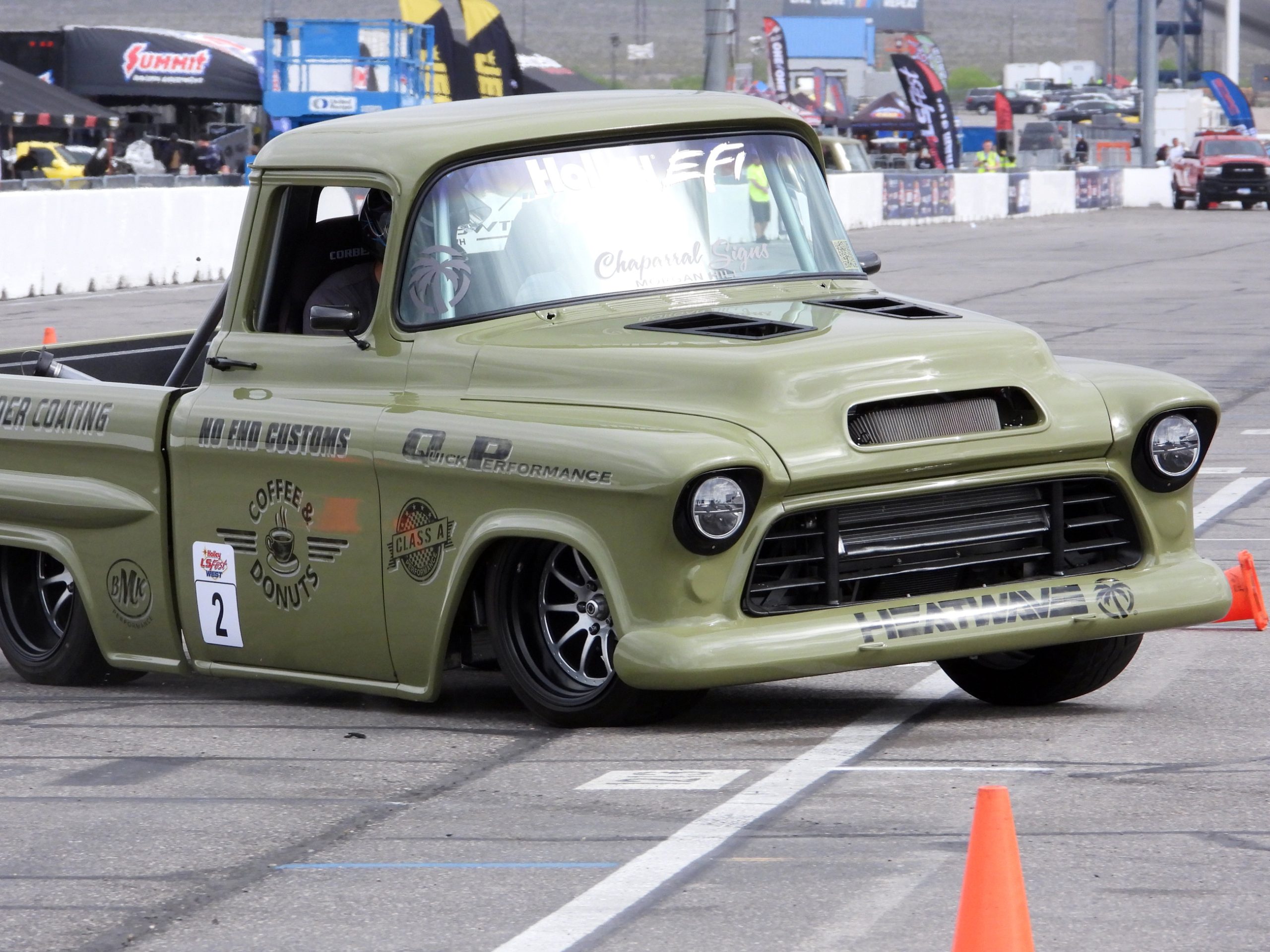
Alright, let’s take look back at the Holley LS Fest West 2024 Autocross event at the Las Vegas Motor Speedway. It was a wild ride, with LS-powered machines tearing up the asphalt, from vintage muscle to modern speed demons, all vying for glory in a whirlwind of horsepower and adrenaline.
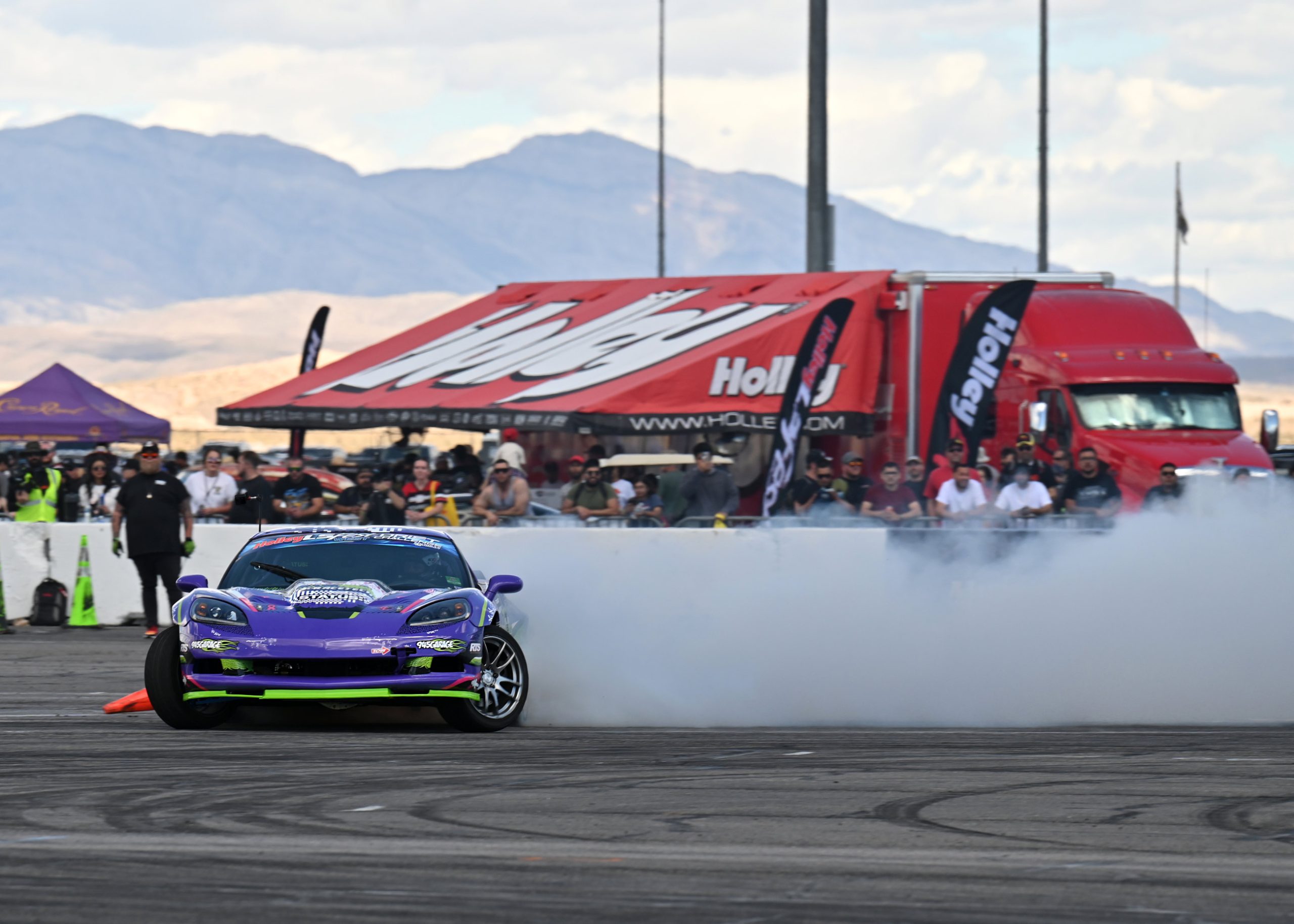
The Holley LS West Fest 2024 is a haven for automotive enthusiasts, where the asphalt becomes a stage for the most electrifying display of drifting mastery you’ve ever seen. Drifting, that high-octane symphony born from the streets of Japan, takes center stage in the Drift Challenge. It’sa spectacle that’s part adrenaline rush, part precision ballet. These drivers aren’t just racers, they’re artists, wielding their cars like brushes on a canvas, deliberately throwing them sideways through tight corners at breakneck speeds, the smoke from their tires painting the landscape with a vivid display of raw power and skill.
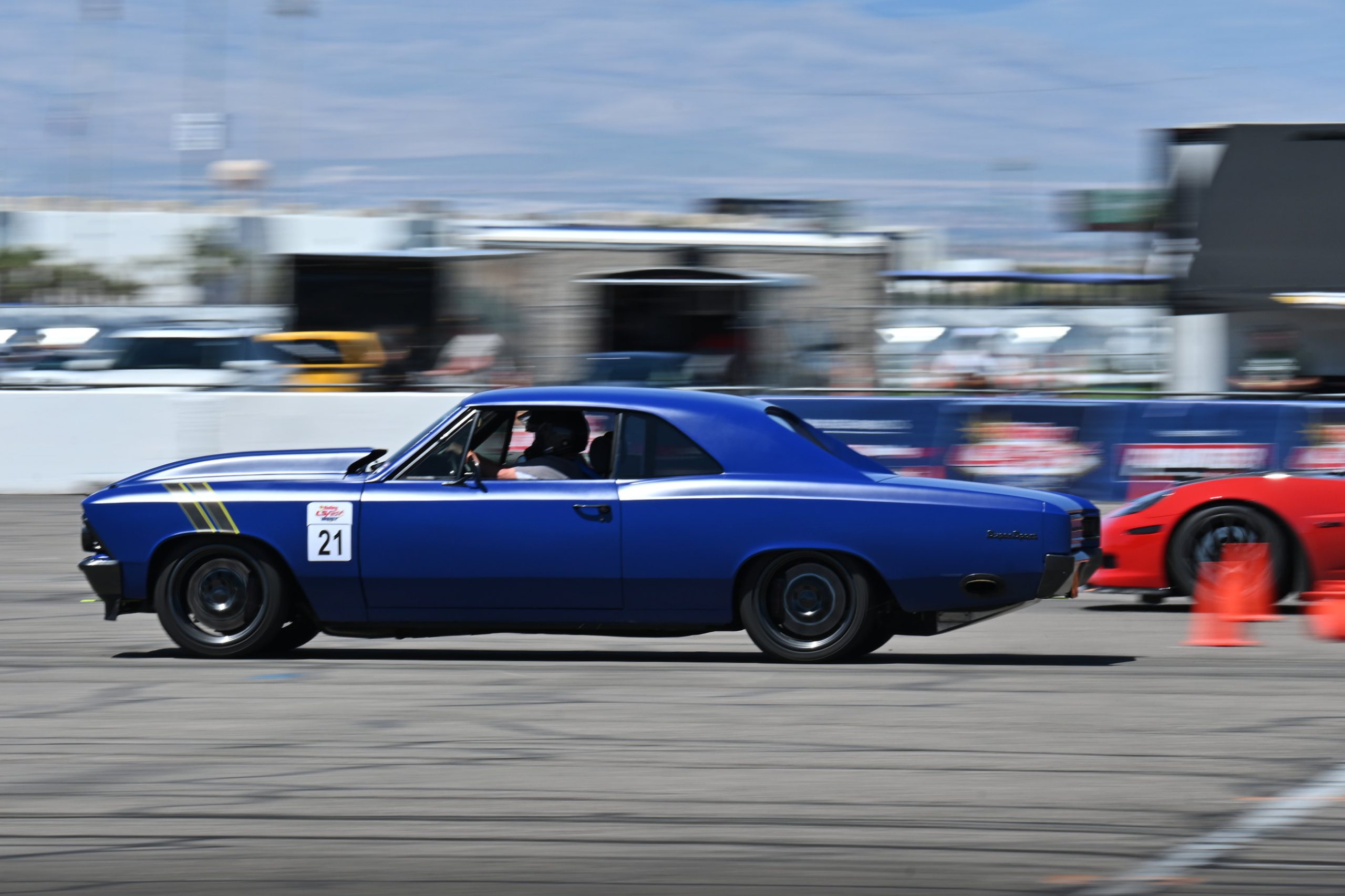
Alright, buckle up and listen up, folks, ’cause we’re about to dive headfirst into the heart-pounding world of the S3 Challenge at the Holley LS Fest West. Now, you might be wondering what the heck “S3” stands for. Well, let’s break it down for ya—it’s all about Start, Steer, and Stop.
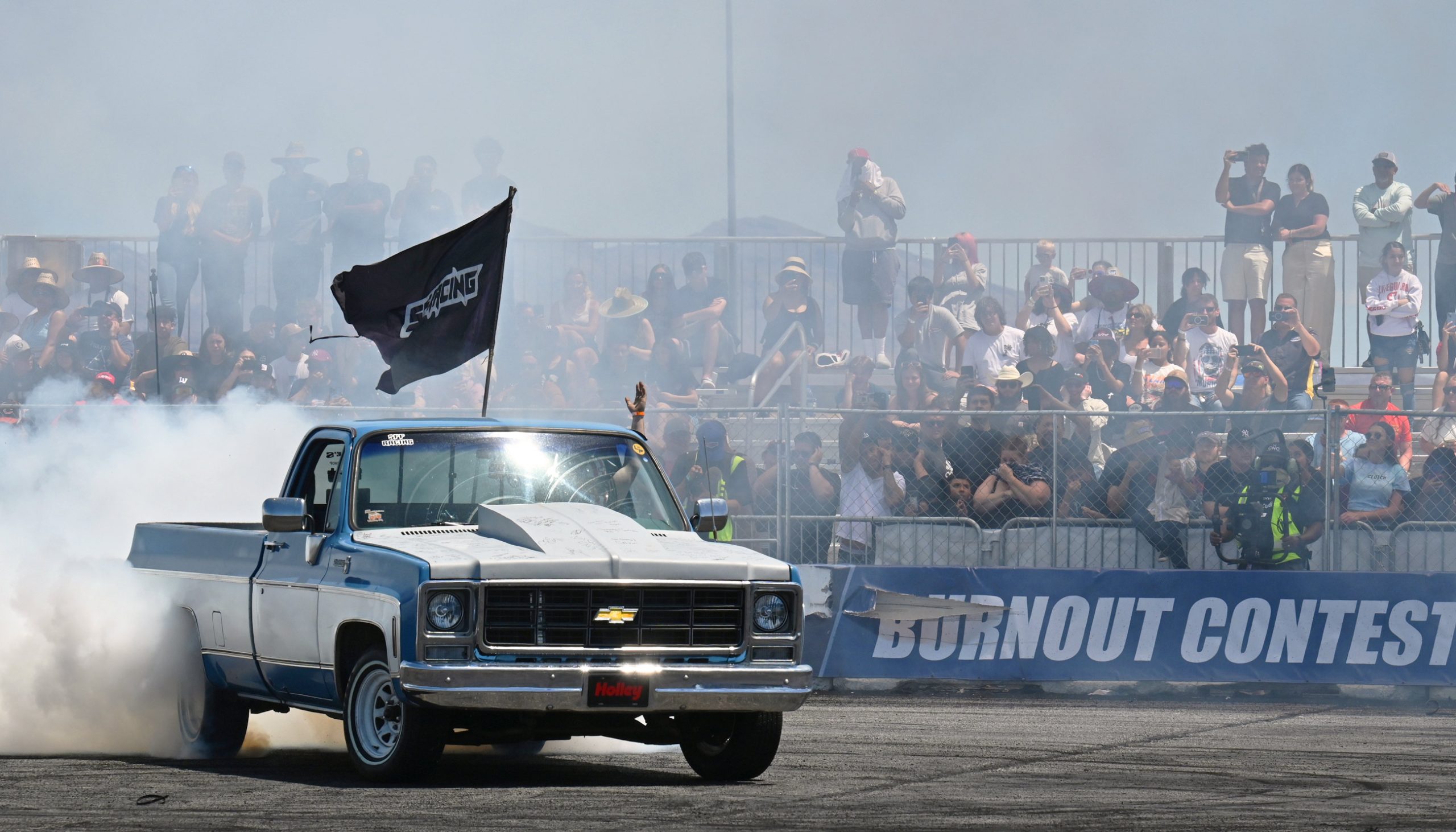
Alright, so you wanna talk about the LS Fest West burnout challenge? Well, buckle up, ’cause we’re diving deep into the heart of automotive madness. This ain’t just your run-of-the-mill burnout, oh no. This is where the raw instinct of every gearhead gets elevated into a noble pursuit of creativity. Crafting the perfect burnout ain’t just about mashing the pedal to the metal; it’s about finesse, precision, and yeah, maybe a touch of madness thrown in for good measure.
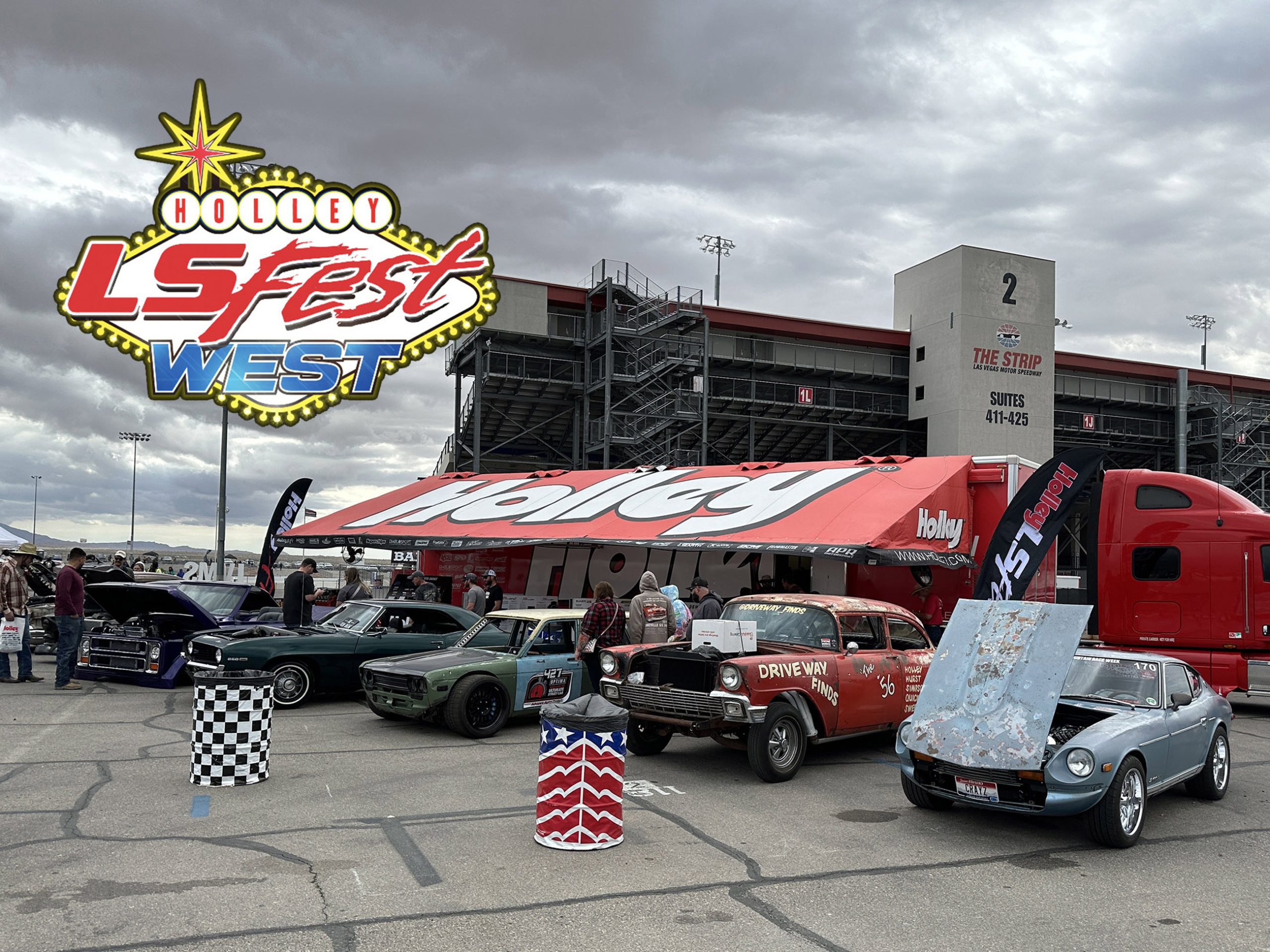
The Holley LS Fest West Car Show is an epic event that pays homage to the legacy and performance of LS and LT-powered machines. Imagine this: a gathering of the sickest LS and current-gen LT rides you’d ever seen, each one a testament to the blood, sweat, and grease poured into its creation. But we’re not just talking about flashy paint jobs and blinged-out rims – we were all about the nitty-gritty details here. From intricate mods to groundbreaking designs, we were on the prowl for rides that screamed individuality.
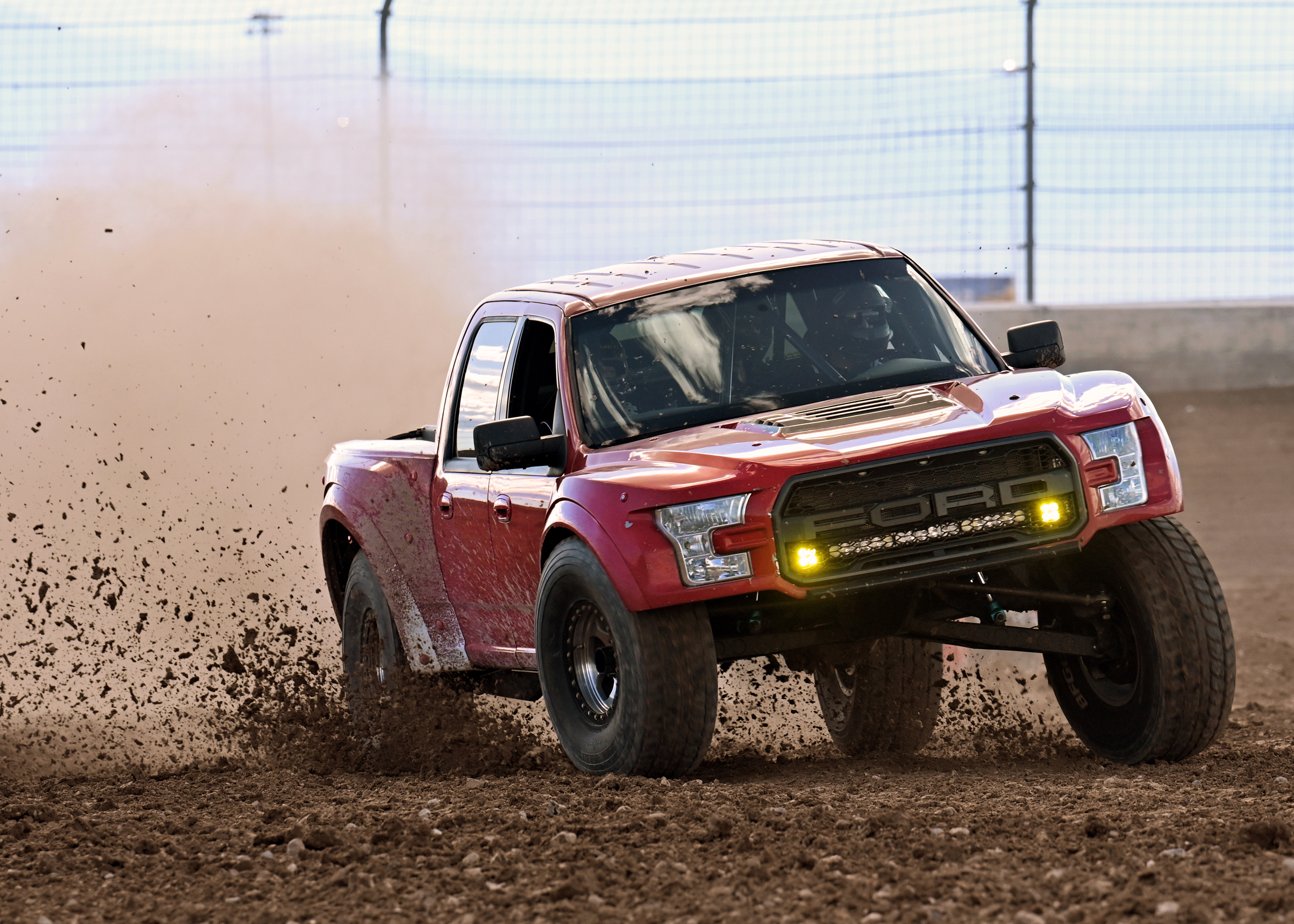
The scene was electric at LS Fest West, where off-road enthusiasts converged for a wild display of adrenaline-pumping action! From far and wide they came, eager to conquer the freshly minted short course. This track was no joke, boasting treacherous whoops, technical challenges, and heart-stopping jumps that launched machines skyward, holding spectators in rapt attention.

Las Vegas, Nevada, baby! Picture this: the Holley LS Fest West roaring into town like a beast on four wheels, revving up the asphalt at the Las Vegas Motor Speedway from April 26-28, 2024. This shindig ain’t your average car meet; nah, it’s a full-throttle celebration of all things LS engine from GM. You got your gearheads from every corner gathering round, ready to rip it up in Autocross, Drifting, Drag Racing, Off-Road showdowns, and then some. But it’s not just about the racing; it’s about the vibe, man. Folks bonding over their love for LS-powered rides, swapping stories, and soaking in that sweet, sweet automotive culture.
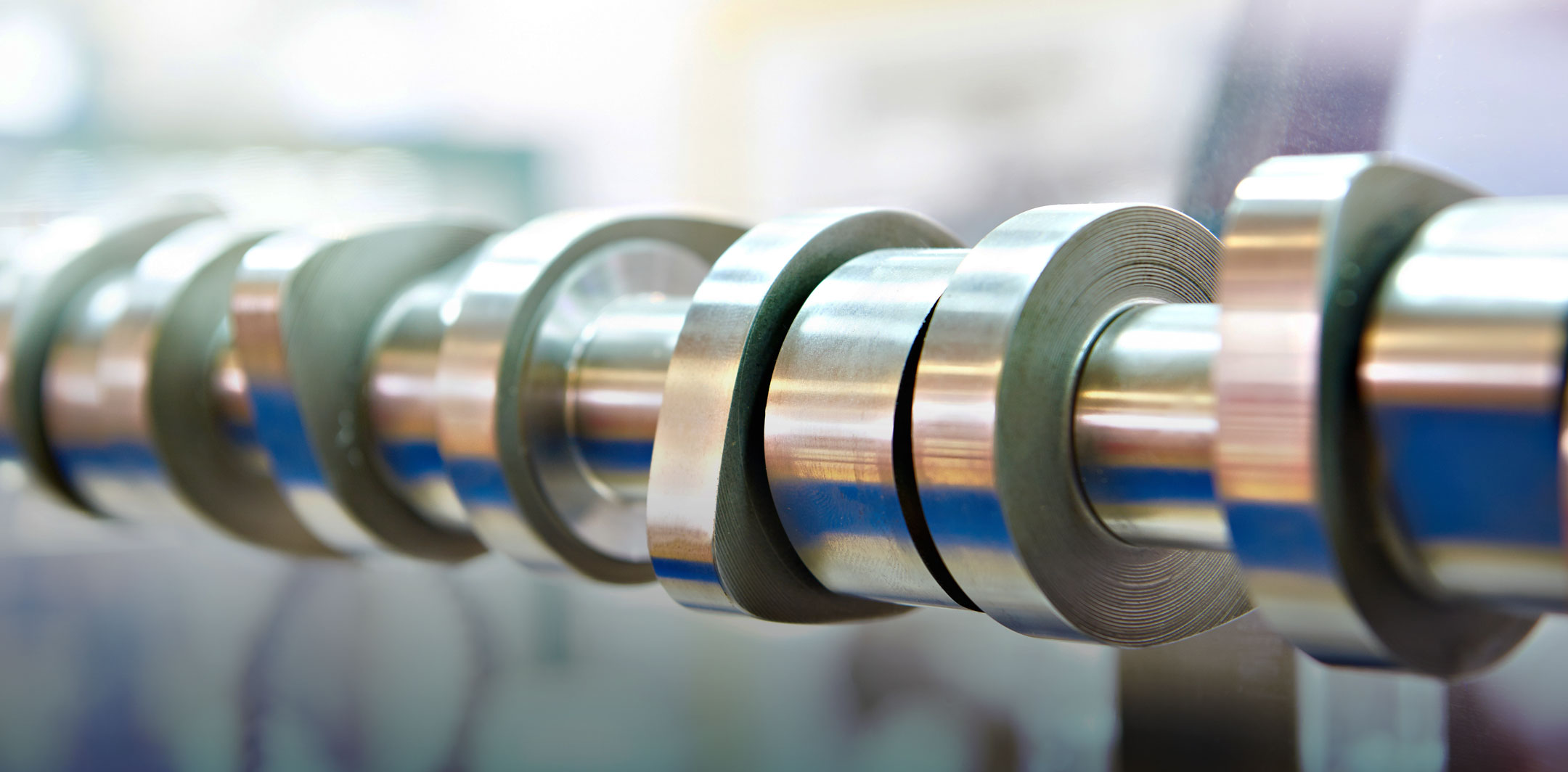
Would you believe that one of these cams could provide an extra 200 hp to your combination? It’s true. Actually, the truth is that the installation of a stock cam will cost you as much as 200 hp.
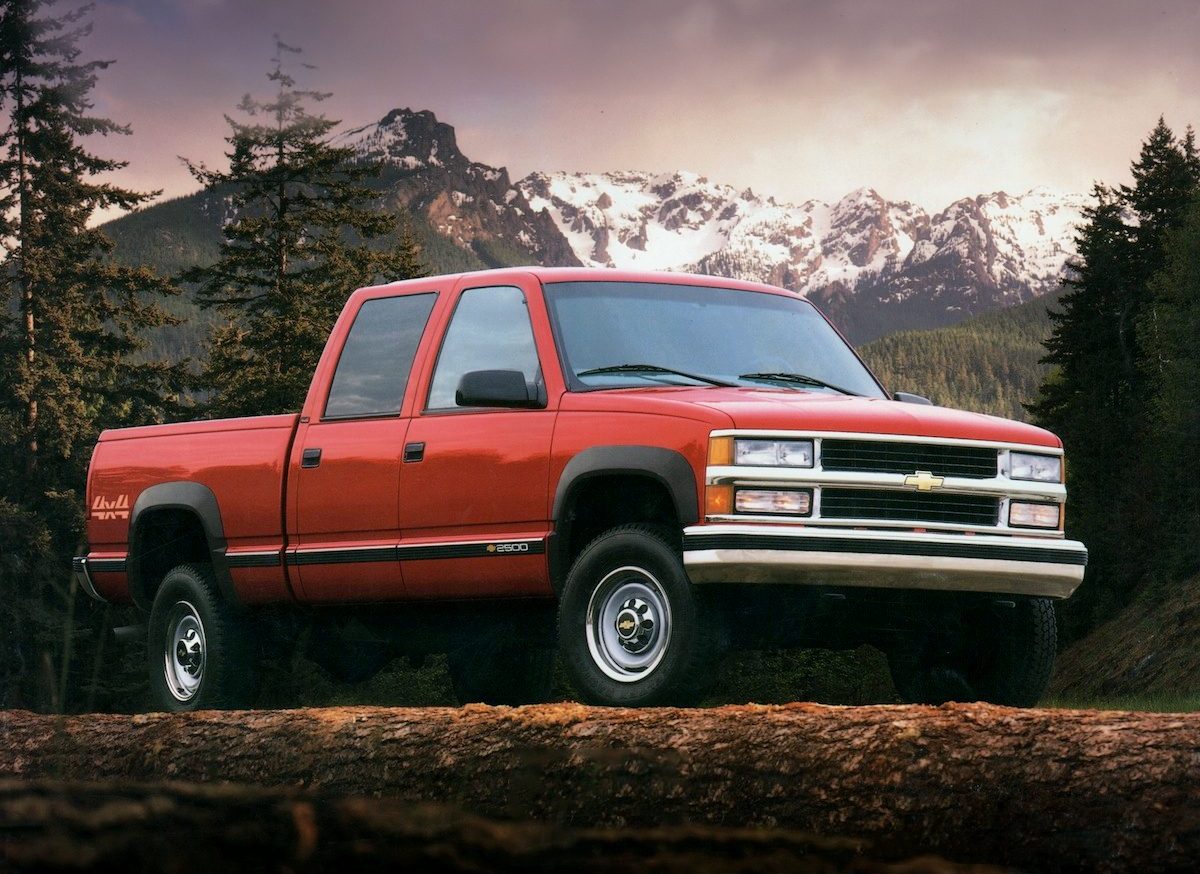
If you have a 1992-2000 Chevrolet or GMC with a 6.5L and you’re worried about overheating issues, there’s no reason to sweat it. Our friends at Dieselsite have the solution.








